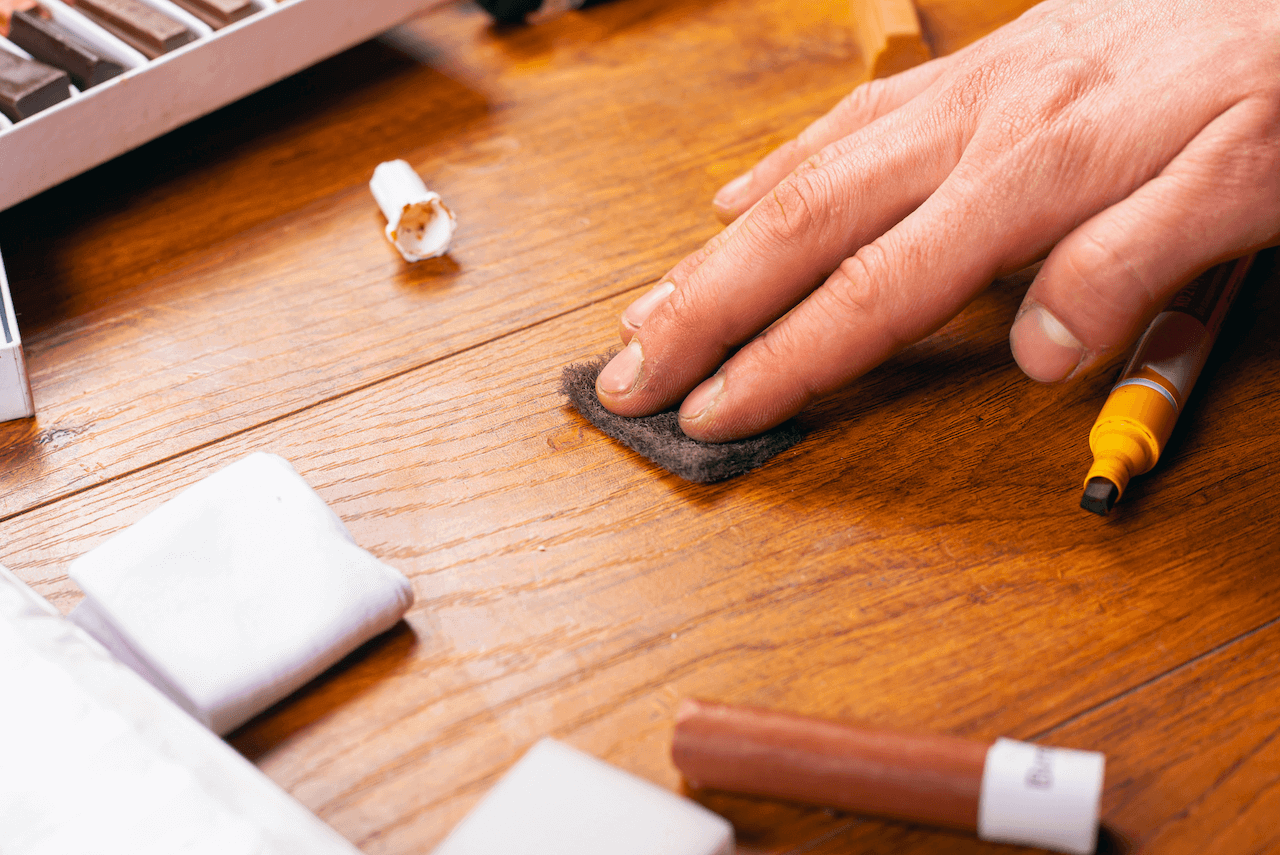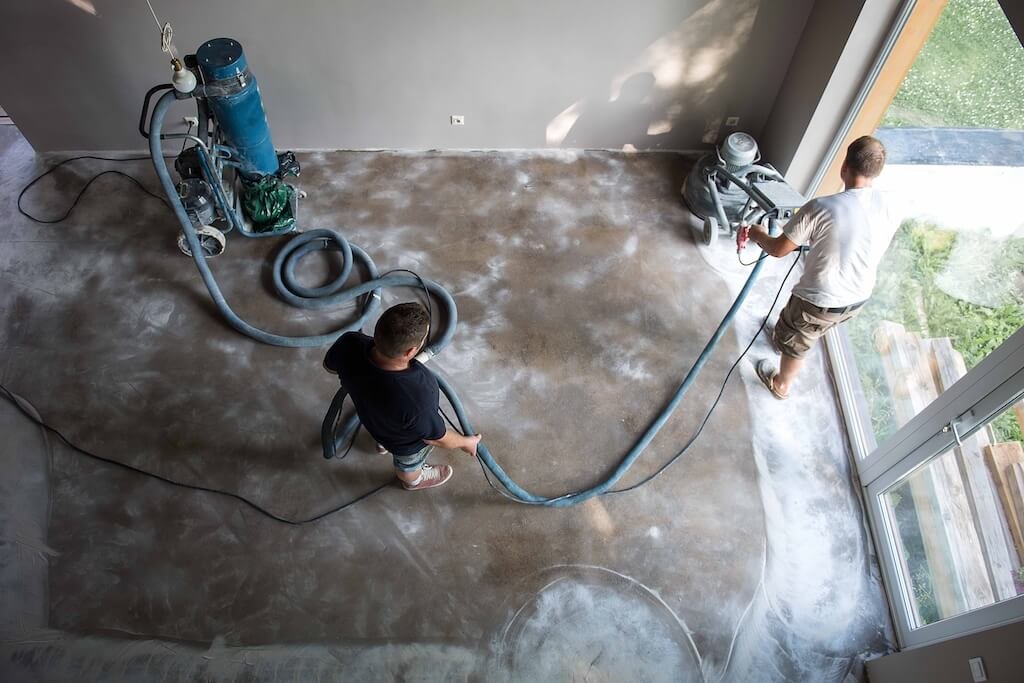Hardwood floors are the crowning glory of many homes in East Sussex, exuding a timeless elegance that complements both traditional and contemporary interiors. However, the journey of maintaining the pristine condition of hardwood flooring is fraught with challenges ranging from minor scratches to significant water damage. This detailed guide dives deep into the essential dos and don’ts of hardwood floor repairs, ensuring your flooring not only retains its beauty but also its structural integrity over the years.

The Significance of Proper Hardwood Floor Maintenance
Hardwood floors, while durable, are not impervious to damage. Everyday activities can lead to wear and tear that, if not properly addressed, can diminish the value and appeal of your flooring. Understanding the nuances of hardwood floor repair is crucial for any homeowner looking to preserve or enhance their investment.
The Dos of Hardwood Floor Repairs
- Conduct a Thorough Assessment: Begin with a meticulous examination of the affected area. Differentiating between surface-level scratches and deeper structural damage is vital for selecting the appropriate repair method.
- Select the Correct Repair Materials: The market offers a plethora of repair kits and materials designed for hardwood floors. Opt for those that match the type of hardwood and the existing finish of your flooring for seamless repairs.
- Employ Precision in Sanding and Refinishing: When sanding a section of your floor for refinishing, proceed with caution. Sanding too aggressively can lead to uneven surfaces or even permanent damage to the wood grain.
- Engage in Regular Maintenance: Post-repair, it’s imperative to engage in regular maintenance, including cleaning with the appropriate products and using rugs or mats in high-traffic areas to prevent future damage.
- Seek Professional Guidance for Major Repairs: Significant damage, particularly that which affects the structural integrity of the floor, warrants professional intervention. Experts in floor repair can provide solutions that are both aesthetically pleasing and structurally sound.
The Don’ts of Hardwood Floor Repairs
- Avoid Water and Heat: Hardwood floors are particularly susceptible to water damage and warping from heat. During repairs, avoid using water-based cleaners or heat guns, which can exacerbate the damage.
- Resist the Urge to DIY Complex Repairs: While the DIY route may be tempting for cost savings, complex repairs require the expertise of professionals to avoid costly mistakes.
- Steer Clear of Mismatched Finishes: Applying a finish that doesn’t match the rest of your floor can result in a patchy, unprofessional look. Always test finishes on a small, inconspicuous area before full application.
- Neglecting Regular Inspections: Failing to regularly inspect your hardwood floors for signs of wear or damage can lead to minor issues becoming major problems. Regular check-ups can catch issues early, simplifying repairs.
Deep Dives into Hardwood Floor Repair Techniques
- Scratch and Dent Removal: Explore the various methods for removing scratches and dents, from simple buffing to more involved processes like filling with wood putty or using a wood floor repair kit.
- Dealing with Water Damage: Water damage can be a death sentence for hardwood floors if not properly addressed. This section would delve into identifying the signs of water damage, mitigation strategies, and when to replace versus repair.
- Refinishing Techniques: Refinishing your hardwood floors can breathe new life into them. Learn about the steps involved in refinishing, from choosing the right sandpaper grit to selecting the perfect finish to protect your floors for years to come.
- Preventive Measures and Maintenance: Prevention is always better than cure. Discuss the importance of regular maintenance, the best practices for cleaning hardwood floors, and tips for preventing common types of damage.
Frequently Asked Questions
- How can I identify the type of hardwood floor I have?
identifying your hardwood floor type is crucial for proper care and repair. Look for distinct grain patterns and colorations that can hint at the wood species. Oak, for example, has a very defined grain, while maple is generally smoother and more uniform. If unsure, consult with a hardwood flooring specialist who can accurately determine the species and finish type, ensuring you select the right products and methods for repair and maintenance.
- What is the best method for repairing small scratches?
For minor scratches, a simple DIY approach can be effective. Begin by cleaning the area thoroughly. Then, depending on the depth and width of the scratch, you can use a wood marker or crayon that matches the floor’s color to fill in the scratch. For slightly deeper scratches, wood putty or filler can be used, followed by sanding the area lightly once the filler has dried, and applying a matching finish. Always test these methods in an inconspicuous area first to ensure compatibility with your floor.
- Can deep scratches be repaired without refinishing the entire floor?
Yes, deep scratches can often be repaired without the need to refinish the entire floor. This involves cleaning the area, filling the scratch with wood filler, and then sanding it down to ensure it’s flush with the rest of the floor. The area should then be cleaned again to remove any dust before applying a matching stain and finish. However, if the scratch is exceptionally deep or if there are multiple scratches spread across the floor, partial or complete refinishing might be necessary for a uniform appearance.
- How often should hardwood floors be refinished?
The frequency of refinishing hardwood floors depends on several factors, including the level of foot traffic, the presence of pets, and the overall care the floors receive. On average, hardwood floors might need refinishing every 7 to 10 years. However, rooms with higher traffic might need more frequent attention. It’s also important to consider the thickness of your hardwood, as floors can only be sanded down and refinished a limited number of times.
- What preventive measures can be taken to protect hardwood floors from damage?
Several strategies can help protect your hardwood floors:
- Use rugs and floor mats in high-traffic areas and entryways to minimize wear.
- Place felt pads under furniture legs to prevent scratches and dents.
- Maintain a stable indoor humidity level (between 35% and 55%) to prevent wood expansion and contraction.
- Avoid wearing high heels or shoes that can damage the floor on hardwood surfaces.
- Regularly clean the floors with products recommended by the manufacturer, avoiding harsh chemicals and excessive water.


